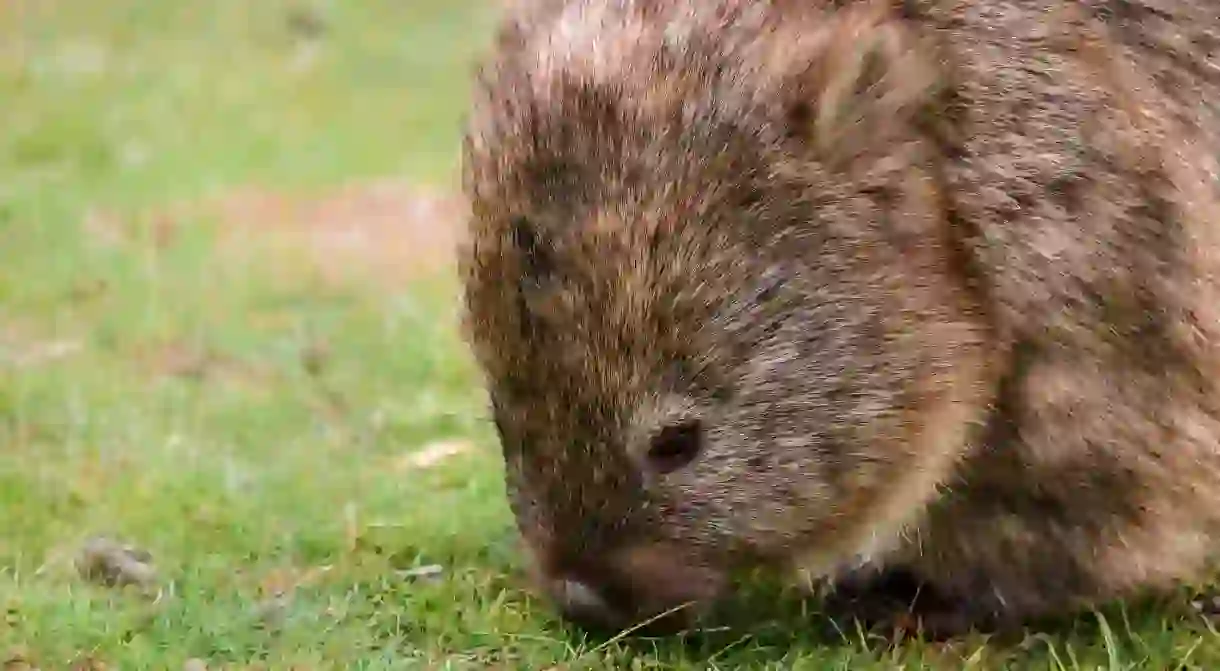Maria Island: Tasmania's Noah's Ark

Tasmania, Australia’s only island state, is known for rugged natural beauty and bountiful wildlife. Fortunately, its Maria Island delivers on both accounts. Find out why Maria Island is nicknamed Tasmania’s Noah’s Ark, and why it should be on your Tasmanian bucket list.
Where is Maria Island?
The 115-square-kilometre (45-sq mile) island is located within Maria Island National Park, which also covers a marine area off the island’s northwest coast. It was named in 1642 by Dutch explorer Abel Tasman, in honour of Maria van Diemen, Anthony van Diemen‘s wife. Maria Island is approximately 20 kilometres (12 miles) long, and at its closest point, is located about four kilometres (2.5 miles) off Tasmania’s east coast. The only permanent inhabitants are park rangers.

Encounter Maria Island are the island’s official ferry operators. The 30-minute ferry regularly departs from Triabunna on the mainland, which is just over an hour’s drive northeast of Hobart. It docks in Darlington, which is Maria Island’s only town. The island is known for its dramatic cliffs, bays, peaceful beaches, and historic buildings. This includes the World Heritage-listed Darlington Probation Station, which is Australia’s most intact example of a convict probation station. There are no motor vehicles and no shops on Maria Island, so it truly feels like you’ve travelled back in time.
Why is it Tasmania’s Noah’s Ark?
Due to its isolation, many animals have been able to thrive on Maria Island. The marine section of the Maria Island National Park is one of Australia’s most studied marine protected areas, and is very popular for diving and snorkelling. It’s also frequented by Australian fur seals, migrating whales, and common and bottlenose dolphins. Then there’s the fact Maria Island is an Important Bird Area, according to BirdLife International. 125 bird species, including 11 of Tasmania’s 12 endemic bird species are found on Maria Island, such as the forty-spotted pardalote.

Many of the animals on Maria Island are native to Tasmania. But the island became known as Noah’s Ark in the 1960s, when a variety of threatened Australian species were introduced to the island to protect them. So what animals can be spotted on Maria Island? There’s wombats, forester (eastern grey) kangaroos, Cape Barren geese, fallow deer, Bennetts wallabies, fairy penguins at Haunted Bay, Tasmanian pademelons, ringtail possums, short-beaked echidnas, and three snake species.
In 2012, 15 Tasmanian devils were introduced to Tasmania’s Noah’s Ark as well. The Tasmania Parks and Wildlife Service staff who live on Maria Island care for them. The introduction is a way to protect the endangered species, as the population on mainland Tasmania is steadily decreasing due to devil facial tumour disease.

Accommodation on Maria Island
There aren’t a lot of accommodation options on Maria Island. There are simple rooms with bunk beds, wood heaters, and picnic tables and chairs available in the old penitentiary building in Darlington, which need to be booked in advance. Darlington is also home to a large paid campground, but there are also free campsites located at French’s Farm and Encampment Cove.













